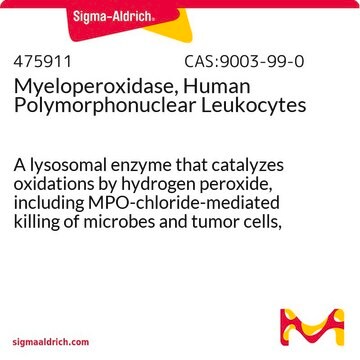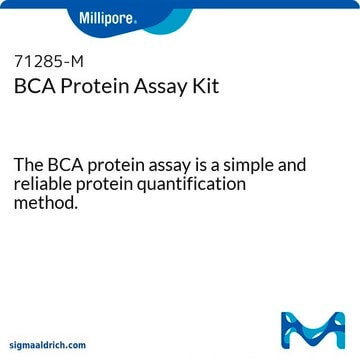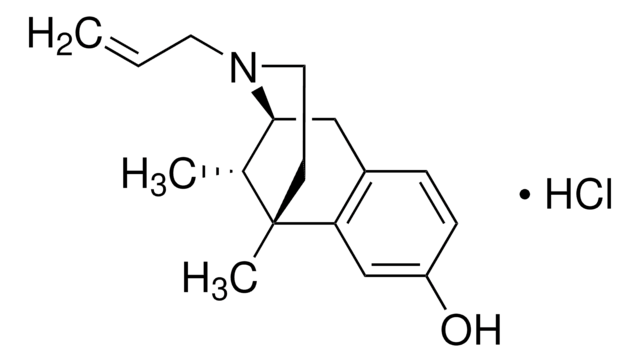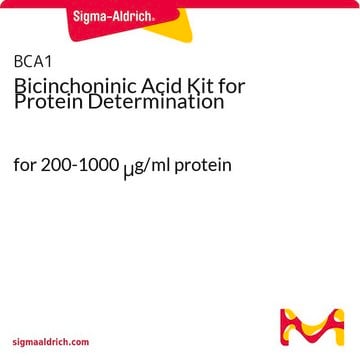The method of preparation is considered proprietary. However, as mentioned in this properties section of the Product Detail Page, this is Azurin from Pseudomonas aeruginosa. See the links below to review a sample Certificate of Analysis and the product data sheet, respectively:
https://www.sigmaaldrich.com/certificates/sapfs/PROD/sap/certificate_pdfs/COFA/Q14/A3672-1MG0000211689.pdf
https://www.sigmaaldrich.com/deepweb/assets/sigmaaldrich/product/documents/306/100/a3672dat.pdf
A3672
Azurin
from Pseudomonas aeruginosa, lyophilized powder
Seleccione un Tamaño
Seleccione un Tamaño
About This Item
Productos recomendados
origen biológico
Pseudomonas aeruginosa
Nivel de calidad
Formulario
lyophilized powder
composición
Protein, ≥65% Lowry
concentración
≥65.0% (Lowry)
técnicas
toxicology assay: suitable
solubilidad
water: soluble 1—1.1 mg/mL, clear, blue (light blue to blue)
Nº de acceso UniProt
temp. de almacenamiento
−20°C
Información sobre el gen
Pseudomonas aeruginosa ... AZU(878046)
¿Está buscando productos similares? Visita Guía de comparación de productos
Descripción general
Aplicación
Acciones bioquímicas o fisiológicas
Forma física
Código de clase de almacenamiento
11 - Combustible Solids
Clase de riesgo para el agua (WGK)
WGK 3
Punto de inflamabilidad (°F)
Not applicable
Punto de inflamabilidad (°C)
Not applicable
Equipo de protección personal
Eyeshields, Gloves, type N95 (US)
Elija entre una de las versiones más recientes:
Certificados de análisis (COA)
¿No ve la versión correcta?
Si necesita una versión concreta, puede buscar un certificado específico por el número de lote.
¿Ya tiene este producto?
Encuentre la documentación para los productos que ha comprado recientemente en la Biblioteca de documentos.
-
How do i know that this is azurin i mean any confirmatory test or anything else.
1 answer-
Helpful?
-
Active Filters
Nuestro equipo de científicos tiene experiencia en todas las áreas de investigación: Ciencias de la vida, Ciencia de los materiales, Síntesis química, Cromatografía, Analítica y muchas otras.
Póngase en contacto con el Servicio técnico








